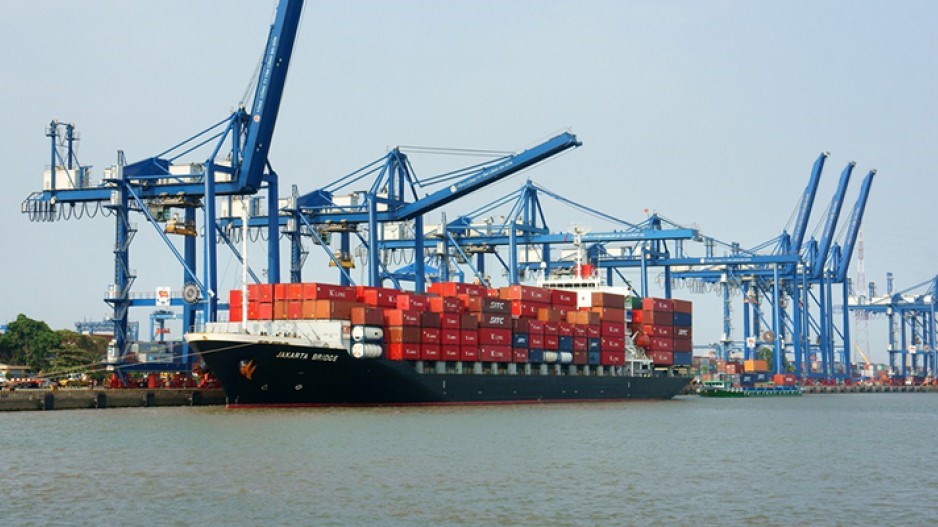A retiring B.C. workforce is creating a demand for 110,000 jobs in transportation and construction. However, people aren’t exactly lining up to take them, according to data released by the Asia Pacific Gateway Skills Table (APGST).
“Some jobs are tighter than others,” said Krista Bax, APGST's executive director. “Some jobs will experience hiring difficulty.”
B.C. continues to lead the country’s drop in unemployment as growth in job supply outpaces demand. According to APGST's Labour Market Outlook 2016-2025, the Lower Mainland will face difficult hiring conditions between 2019 and 2023 across construction and transportation sectors.
Occupations facing the hardest hiring difficulty were purchasing agents, logistics and managers.
B.C. will see 18,920 new jobs in construction and transportation sectors, a growth of 6%. The labour supply is expected to grow by under 18,000 people over the same period. Almost half of the supply (47%) will be new entrants to the workforce. New entrants make up an even greater part of northern B.C.’s labour supply at 65%.
Immigrants will also contribute greatly to the new supply, comprising 17% of new workers province-wide. In the Lower Mainland, a quarter of new workers will come from other countries.
Workers changing occupations or returning to the workforce make up 25% of the expected new supply and people moving from other provinces is expected to account for 10% of the increase.
Although job openings are roughly the same number as new employees there is still concern about the ability to fill these jobs in the future. B.C. is expected to have only 127 more workers than job openings over the next decade.
While B.C. has more workers than job openings, filling the positions will likely still be difficult. According to APGST, the ideal number of workers is 104% of the total job openings, to account for natural unemployment.
“If job supply and demand are too closely matched you have no room to breathe,” said Eulala Mills, a labour market consultant for APGST. “In B.C. there’s about a 120 extra. That’s pretty tight. It’s pretty easy to have 120 people peel off the supply and do other things.”
According to APGST, northern B.C. has a boom-bust profile because of their dramatic shifts between job growth and decline. In Metro Vancouver, labour mobility constitutes a larger share of new workers than it has been it the past, likely due to the economic downturn in Alberta.
APGST is a non-profit, regional partnership between labour, business and training institutions. The study examines the future demand in occupations in the construction, logistics, marine, rail, and trucking sectors. The study has been updated regularly since 2011.




